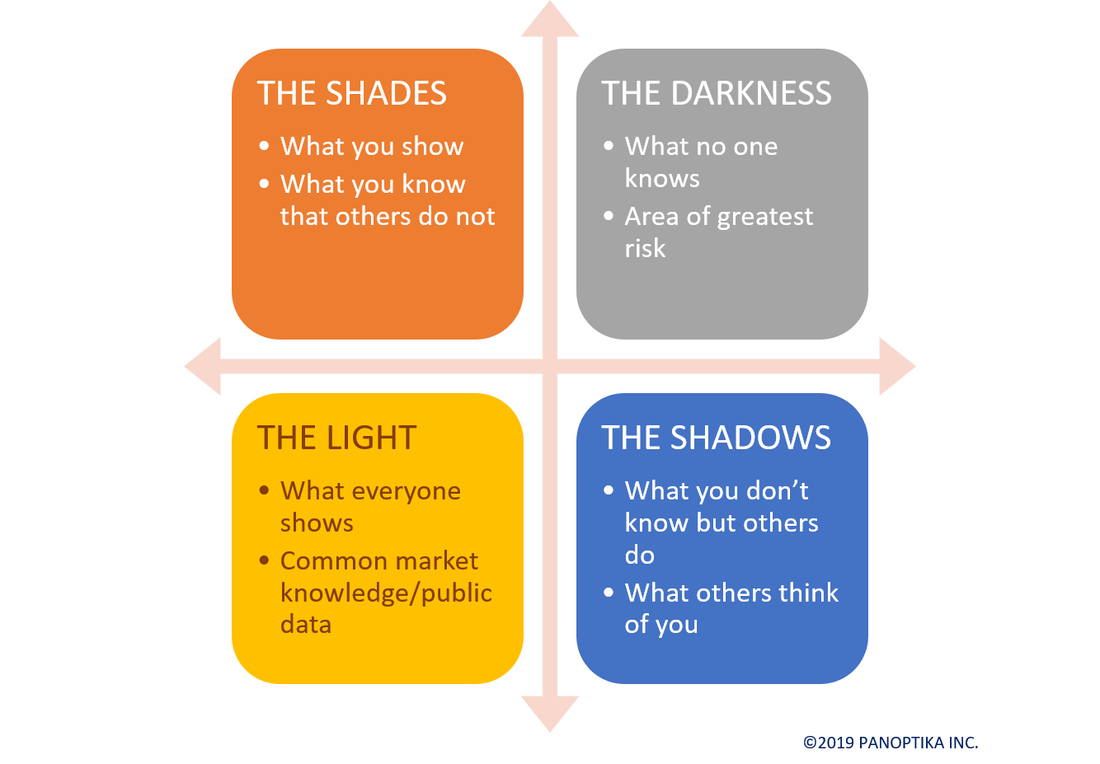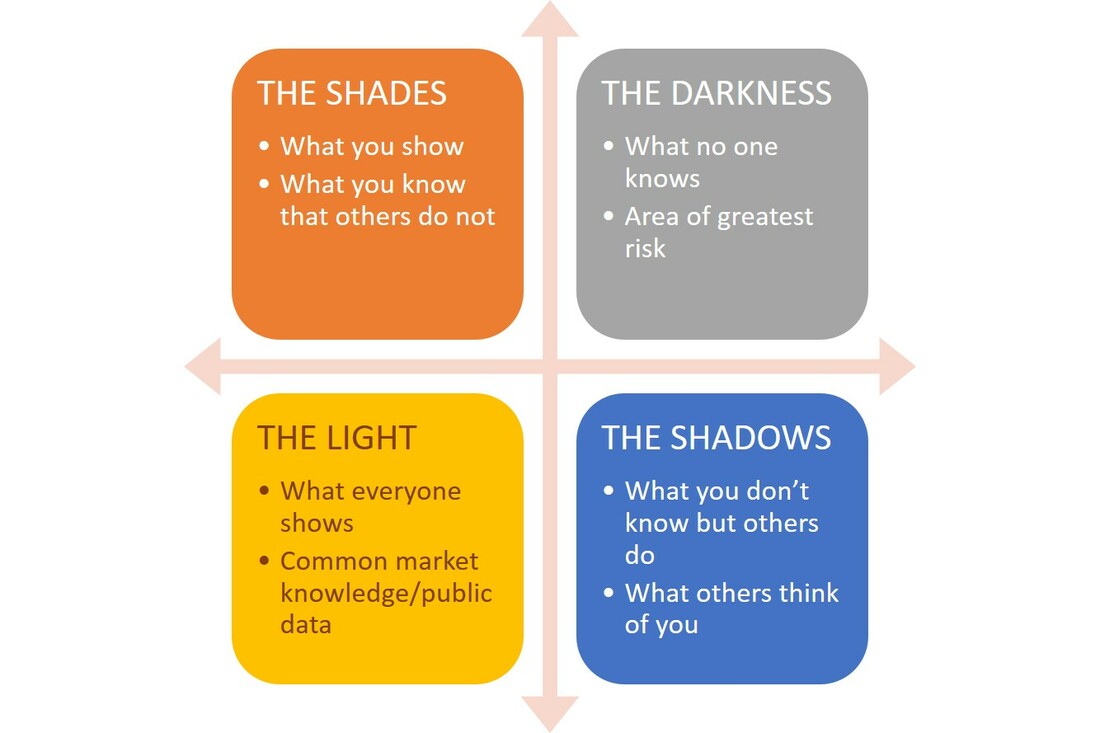There’s a lot of attention being paid to storytelling these days, as a way to gain customers’ attention and sell more product. That’s not what I’m going to talk about today, though. Today I want to talk about how you can use stories to build empathy and gain a greater understanding of customer problems and motivators.
In today’s business environment, there are two things that are in short supply: money, and time. The consequence of this, is that in the rush to meet deadlines, get answers, make decisions, and ship our products and services, soft skills may go out the window. Regularly surveying customers can get us an abundance of data, and data’s what we need to get answers. To make decisions. To validate that the solution we want to give the customer is right, so we can win, or fail, fast.
What’s wrong with this picture? Well, first of all, in the hurry to find out why customers are doing the things they do, or what their problem is, or how we can fix it, I’m seeing all too much blunt-force questioning. Clients ask me to ask their customers or prospects why they buy. Or they want to ask the customer to tell us how they can solve the problem that same customer is having. Trust me, if they knew, they’d be solving it, or at least trying. Or, clients want to ask questions like the example in this post.
Sometimes, when product or marketing teams or UX people want to get really creative, they ask the customer to tell them a story. They’ve been told not to ask why, and someone has sold them on the idea that storytelling is a great tool to capture customer experience, or the customer journey. If you want to know why asking why doesn’t work, even on ourselves, watch this great video about introspection and self-awareness from Tasha Eurich.
So what can you do? If asking the customer to tell you a story isn’t always effective, and you can’t ask why, and you can’t ask them how you’re supposed to solve their problem, what is the solution? Look at the picture above. The one kid didn’t say to the other, “tell me a story about that”. She asked, “show me.”
Instead of seeking storytelling, try using storyshowing. Ask them to show you where they’re running into the problem. Sit with them while they demonstrate what’s going on. Share screens, or better yet, go to them one-on-one and observe. Listen carefully. Interrupt with questions that involve “what happens when that happens” or “tell me more”, but sparingly. Seek clarity, not certainty. Take good notes, make sketches, record if the situation allows. Here’s an Innovation Game© called Me and My Shadow that explains a bit about how this works.
We like to add another step. Ask if you can tell them the story of what you saw, in your words. Ask them to be your editor. When they change things, ask them to explain the reason for the change. Then, and only then, let them know that you’d like to share that with your team, so you can come back to them with some fresh ideas. Resist the urge to solve the problem today.
If all of this seems like it is fiddly, and time-consuming, it is. You’re not gathering big data; you’re gathering rich data. And in our experience, rich data will yield a richer result.
I’m Megann Willson and I’m one of the Partners at PANOPTIKA. We work with our clients to help them see everything they need to make better decisions – including better ways to ask the questions that will gain them a richer understanding of their customers, users, and stakeholders. If you need help doing that, we do that, too. Follow us on Twitter, Facebook, or LinkedIn, and for more news you can use to help you or your team to ask more questions in ways that will let them make better decisions, click the handy button, below.










